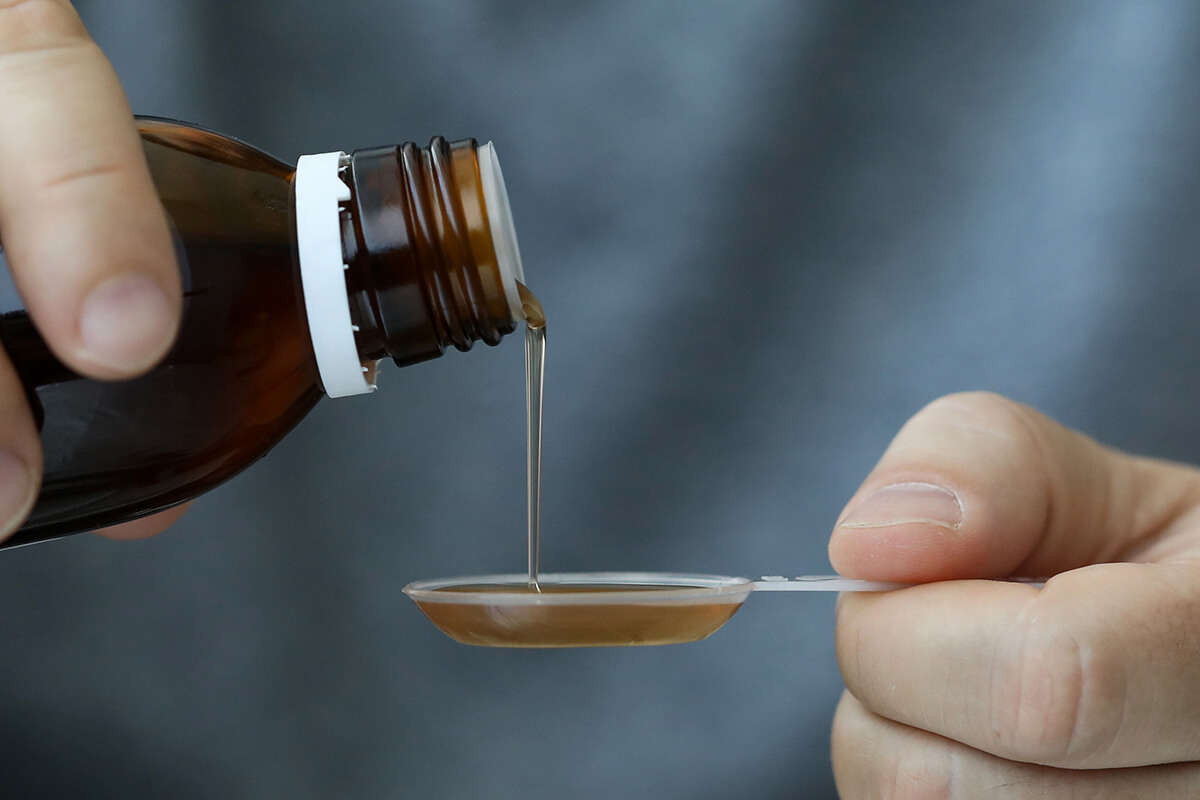What Does the Drug Lean Do to You?
Lean, sometimes known as “purple drank” or “sizzurp,” has been increasingly popular in recent years, particularly among specific music and subculture communities. However, as its popularity grows, so does concern about its overuse and the potential harm it can do.
In this post, we will answer the questions, what is lean, what does lean do to you, and how does it affect the body. We’ll also highlight the dangers of abusing it, indications of addiction, and current prevention and treatment strategies.
Table of Contents
Understanding Lean
Lean was founded in Houston, Texas, and its roots are in hip-hop. It blends prescription-strength cough medication, including codeine and promethazine, soda or fruit-flavored drinks, and candy or other sweet ingredients. Codeine has a strong opioid effect, while promethazine increases sedation. This cocktail is often eaten in excessive amounts and is exceedingly harmful.
What Does Lean Do to You?
Lean can have a variety of impacts when used for a short period. The combination of codeine and promethazine produces sleepiness and relaxation, commonly sought after by drug users. However, this sedation has side effects such as:
- Reduced motor skills
- Coordination issues
- Slurred speech
- Cognitive impairment
Users may experience nausea and vomiting, which can cause additional physical discomfort. Respiratory depression, which can lead to respiratory failure and potentially lethal overdoses, is the most severe risk of lean usage.
Long-term usage of lean introduces new hazards. As the body builds a tolerance to the drug, lean use can lead to addiction and dependency. Continued usage can result in organ damage and various health consequences, including liver damage and cardiovascular issues. Prolonged lean abuse is also connected with cognitive deterioration and memory issues.
Risks and Dangers of Lean Abuse

The hazards significantly increase when lean is combined with other substances, such as alcohol or benzodiazepines. Combining depressants can result in a harmful synergistic action that worsens respiratory depression and increases the risk of overdose. Lean abuse can result in serious health problems and, in the worst-case scenario, death.
It is vital to note that because lean contains banned chemicals, it is unlawful in many jurisdictions. Criminal prosecution, fines, and maybe imprisonment are all possible legal penalties. Engaging in lean abuse jeopardizes one’s health and exposes one to legal ramifications.
Signs of Lean Abuse and Addiction
Recognizing and managing the indicators of lean abuse is critical. Physical and behavioral symptoms include frequent sleepiness, narrowed pupils, sluggish movements, and unexplained weight loss. Changes in social connections, lack of obligations, and secretive behavior can all be signs of lean abuse.
Mood swings, anxiety, despair, and a fixation with getting and taking the substance are all psychological signs. Addiction can also be indicated by withdrawal symptoms such as restlessness, muscle pains, sleeplessness, and irritability.
In Conclusion
Individuals’ physical, emotional, and social well-being are jeopardized by lean abuse. Understanding its consequences and dangers is critical for dealing with the problem correctly. We can fight to prevent lean misuse and help people battling addiction by raising awareness, recognizing the indications of abuse, and providing accessible treatment alternatives. Remember that getting treatment and support is essential for regaining control and living a healthier, drug-free life.
